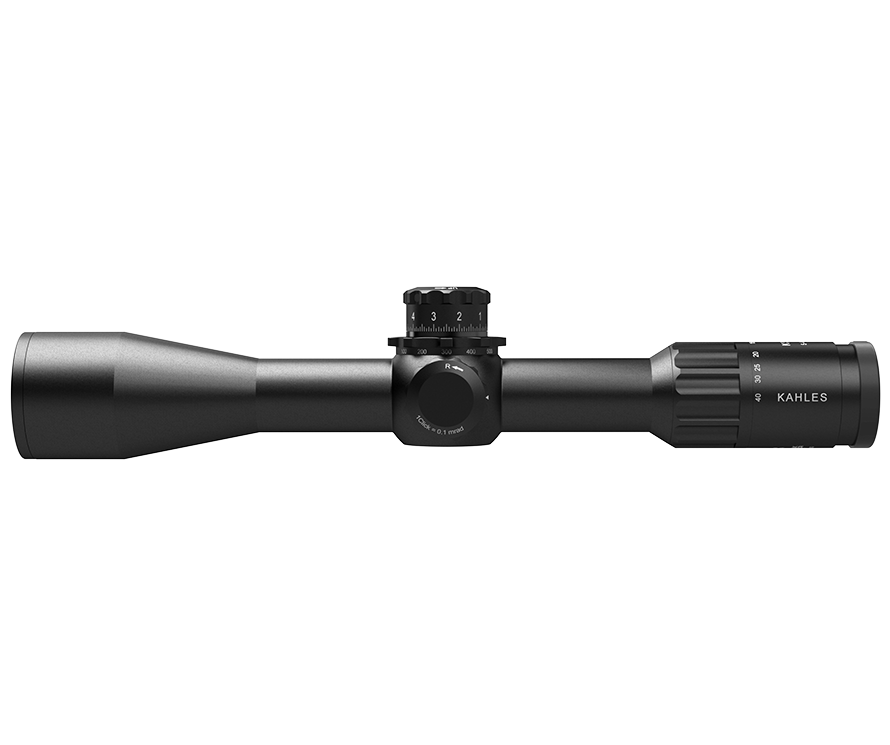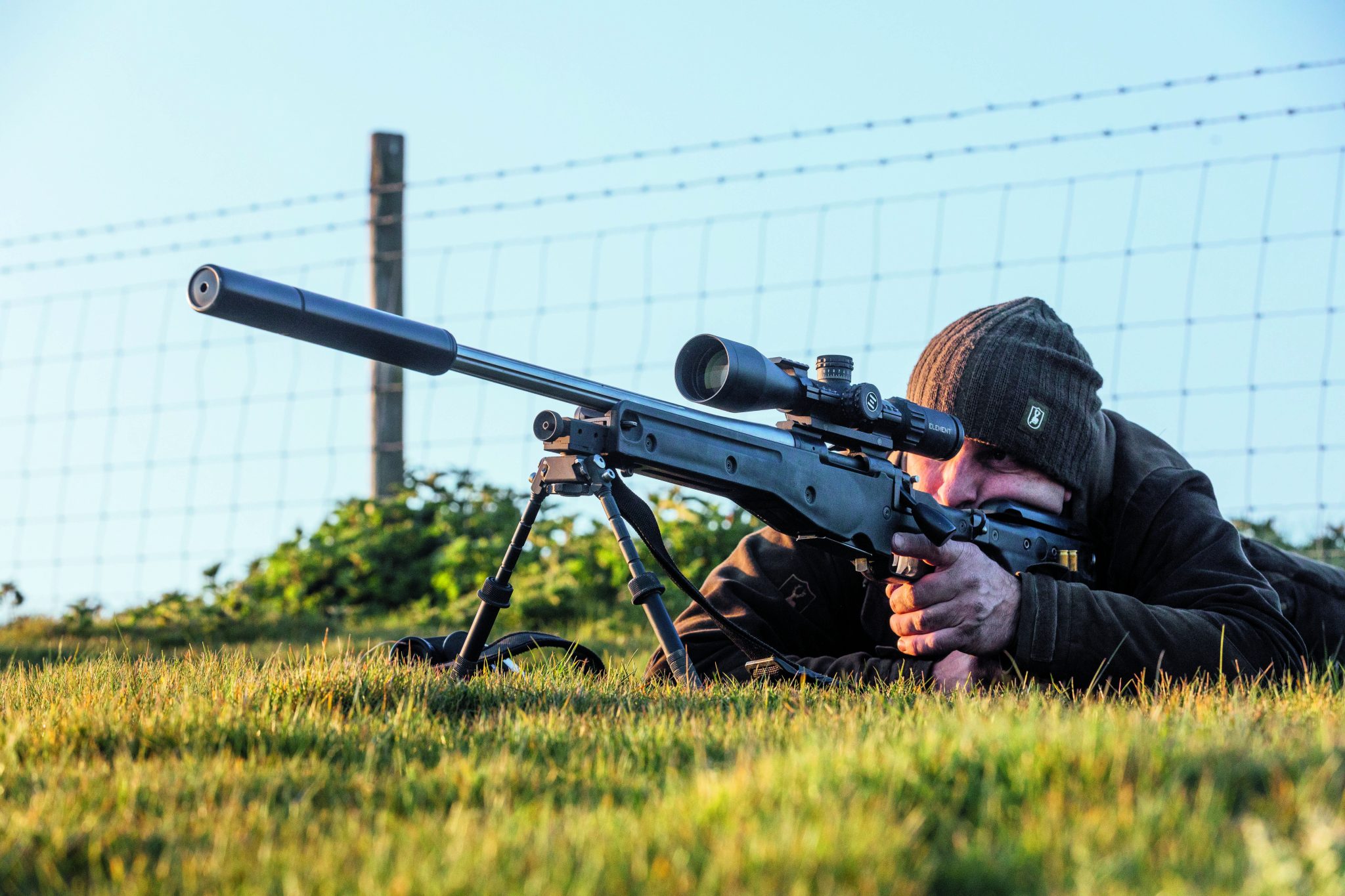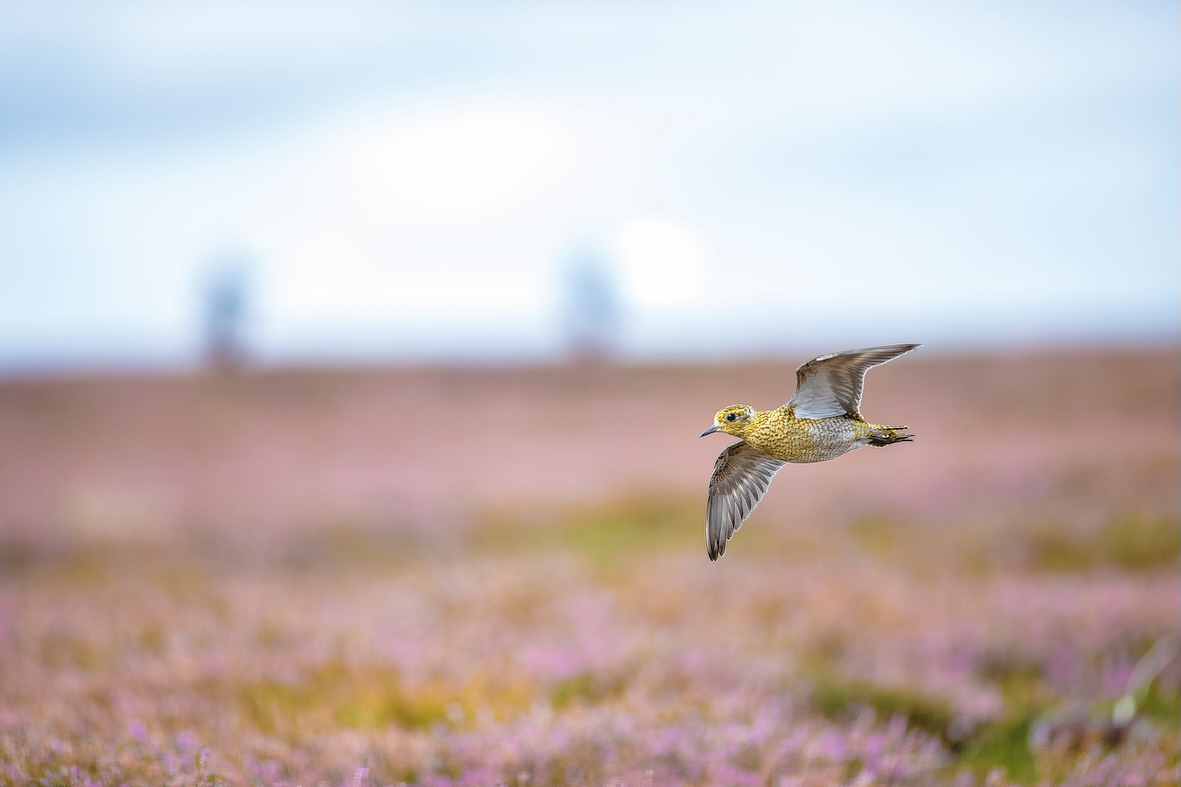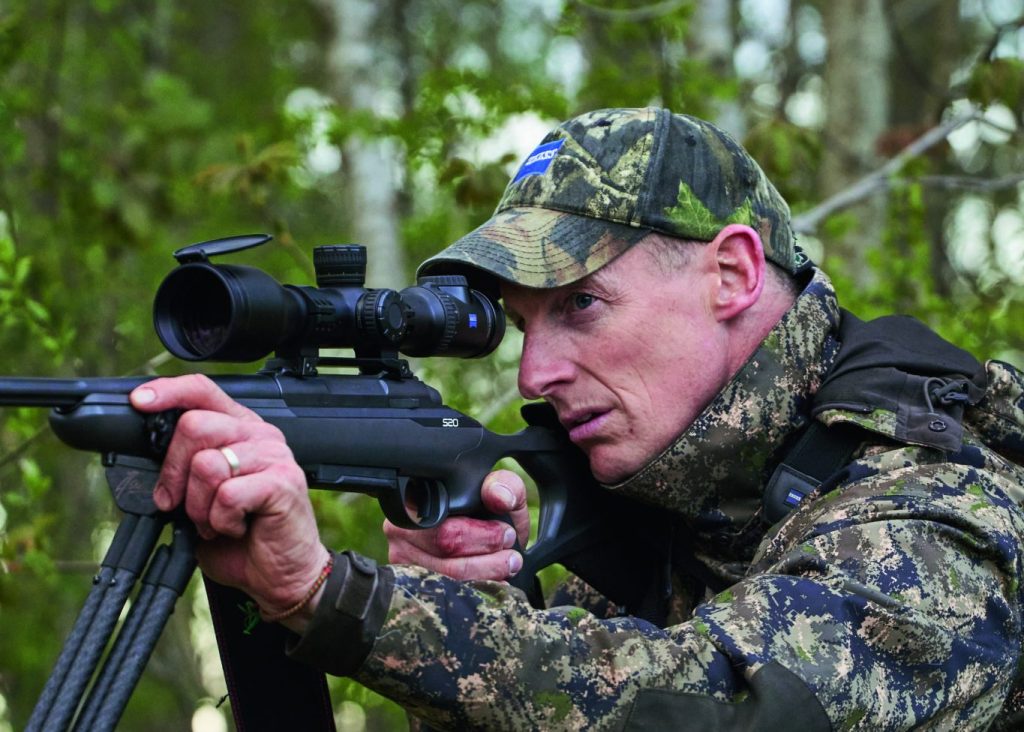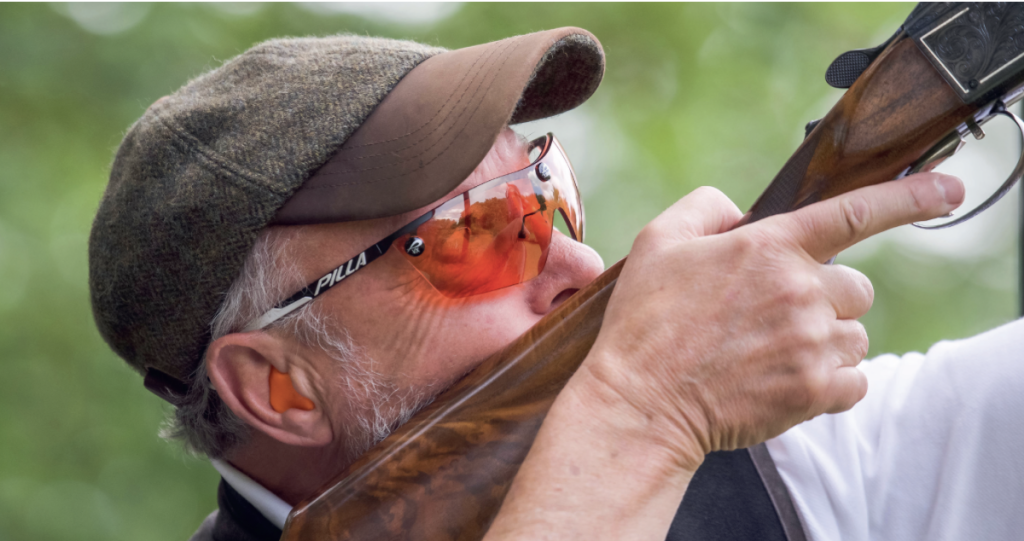Legislation
Shooting
A humane kill is what we should be aiming for
Would you like to speak to our readers? We offer sponsored articles and advertising to put you in front of our audience. Find out more.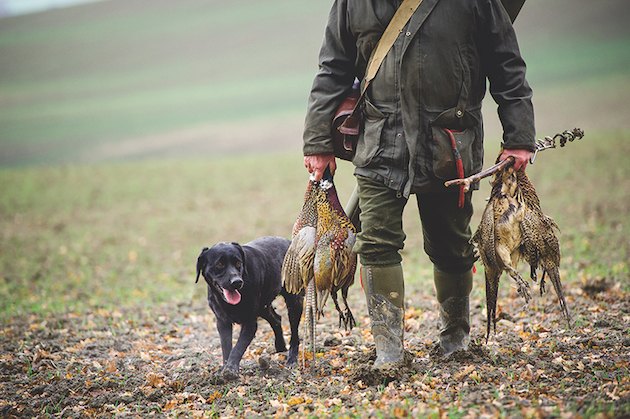 black labrador
black labrador
I once invited the late Willy Poole, that great countryman and writer, for a day’s pheasant shooting. He declined. He claimed his eyesight was no longer what it was, with the result that he had been wounding too many birds of late. Our conversation took place when we were following the local foxhounds on our quad bikes.
I think deer stalking is humane. A 1999 study found that just 2% of red deer escape after being shot. The advent of shooting sticks, range finders, telescopic sights and tracking dogs may all have a role to play. By contrast, Victorian stalking books are littered with accounts of chasing wounded deer across the hills. How times have changed. For the better, in that regard.
A rifle fires a single projectile with great precision. Unlike a rifle, a shotgun is a scatter-gun. A humane kill with a shotgun entails launching a suitably dense cloud of shot, with the requisite velocity and energy, to intercept a fast-moving target. It is no surprise that the wounding rate for shotgunning is far higher than that for rifle shooting. But how high is too high?
The question could equally be asked about driven pheasants. The traditional side-by-side game gun, which reached its current form more than 100 years ago, was never designed to shoot the sort of very high pheasants that have become something of a recent fad. You wouldn’t expect to use a Ford Model T on a motorway, would you?
Not surprisingly, high bird specialists favour weighty, long-barrelled over-and-unders, blasting heavy loads of large shot though tight chokes. I have wondered why they don’t abandon all pretence and use recoil-absorbing semi-autos. The saving grace of high-bird shoots is that they have large teams of pickers-up situated well behind the line. Nobody actually has to shoot at a high bird; it’s a recreational choice, influenced by your conscience and confidence. But if your kills-to-cartridges ratio is, say, one in six, how many of those five seemingly ineffectual shots were clean misses? Accepting the limitations of your skill and ammunition are key to minimising wounding rates.
A study of waterfowl hunting in Illinois, USA, published this year in the journal Wildlife Biology, is thought-provoking. The researchers evaluated 37 years of waterfowl harvest data overlapping the transition to non-lead ammunition. It shows that the proportion of ducks and geese that were reportedly hit but escaped actually dropped after lead was banned.
It is probable that most of those Illinois hunters turned to steel after lead was banned. Before the ban, many were sceptical about steel. I have an inkling that the subsequent decline in wounding may have been due to hunters taking greater care to shoot within reasonable range.
It is said that Winston Churchill, attending a rough shoot, emptied his service revolver on a distant hare, to no effect. When asked why, Churchill said he simply wanted to let the hare know that it was taking part in the day’s proceedings. How many of us have succumbed to similar sentiments, at some point? I know I have.
Related articles
Shooting
Shotgun
Let’s bite the bullet
The ban on lead shot for all game shooting is moving apace so it’s time to find the best eco-friendly ammunition that suits you and your rifle
By Time Well Spent
Shotgun
Shotgun buying guides
Starting out? Make sure it fits
If you’re buying your first clay gun, the right fit takes precedence – not good looks, the brand your mate’s got or even price – warns Paul Austin
By Time Well Spent
Manage Consent
To provide the best experiences, we use technologies like cookies to store and/or access device information. Consenting to these technologies will allow us to process data such as browsing behavior or unique IDs on this site. Not consenting or withdrawing consent, may adversely affect certain features and functions.
Functional Always active
The technical storage or access is strictly necessary for the legitimate purpose of enabling the use of a specific service explicitly requested by the subscriber or user, or for the sole purpose of carrying out the transmission of a communication over an electronic communications network.
Preferences
The technical storage or access is necessary for the legitimate purpose of storing preferences that are not requested by the subscriber or user.
Statistics
The technical storage or access that is used exclusively for statistical purposes.
The technical storage or access that is used exclusively for anonymous statistical purposes. Without a subpoena, voluntary compliance on the part of your Internet Service Provider, or additional records from a third party, information stored or retrieved for this purpose alone cannot usually be used to identify you.
Marketing
The technical storage or access is required to create user profiles to send advertising, or to track the user on a website or across several websites for similar marketing purposes.

